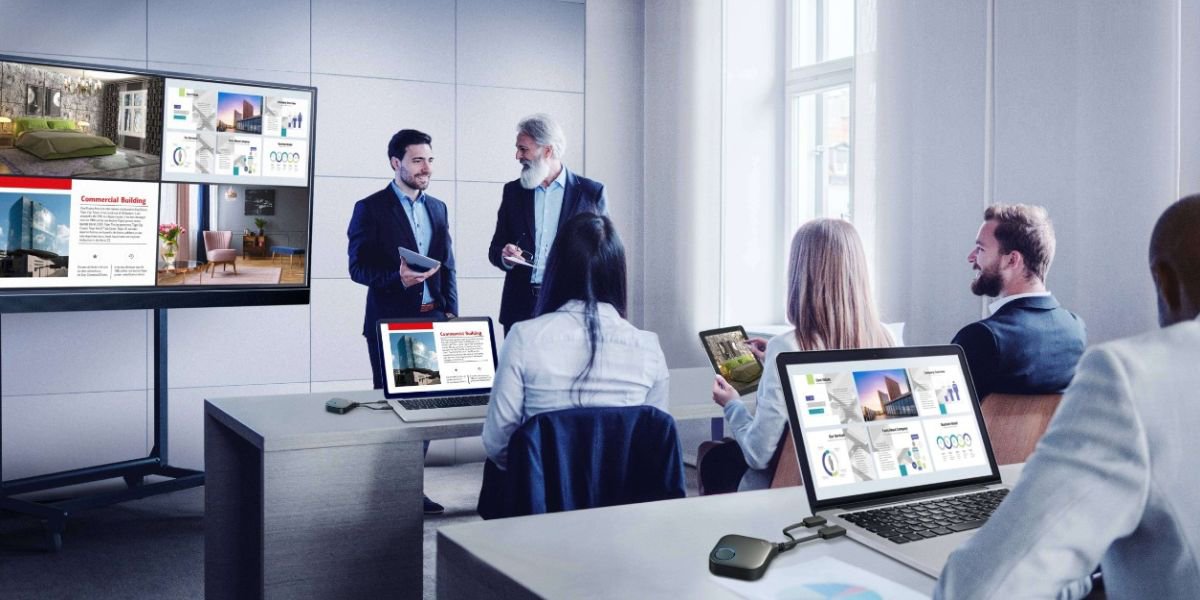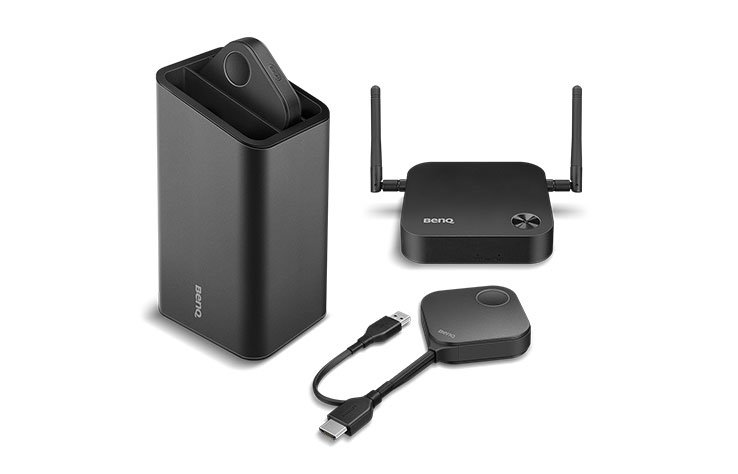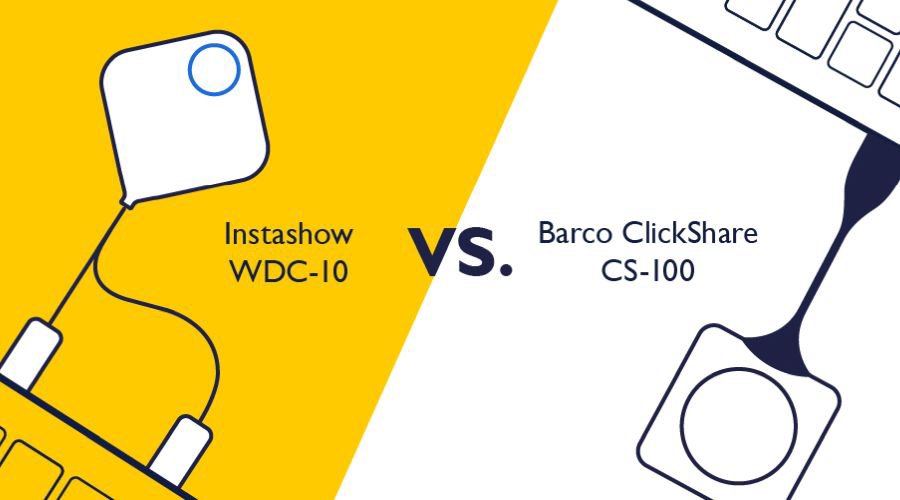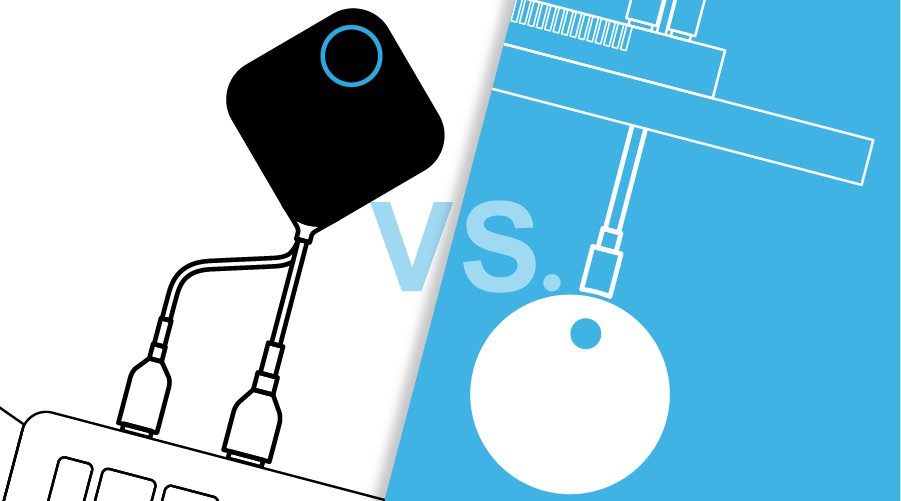Looking for the best way to enable your meetings to be more effective to solve problems faster. The answer is easy – divide up your display so that you can see more information at the same time.
Most companies are now using higher-resolution displays such as 4K projectors and flat panels in their meeting rooms and collaboration spaces. These displays can be split to enable multiple presenters to share their content on the screen at the same time – without losing critical detail.
There are three types of products that will enable a 4K screen to be split for multiple presenters:
- Gefen or similar digital HDMI Switch
- Crestron or other HDBaseT Switcher
- BenQ InstaShow S or similar Wireless Screen Mirroring System
To compare these systems, we will look at the following criteria:
- Is it easy to set up?
- Is any extra equipment needed?
- What devices are supported?





